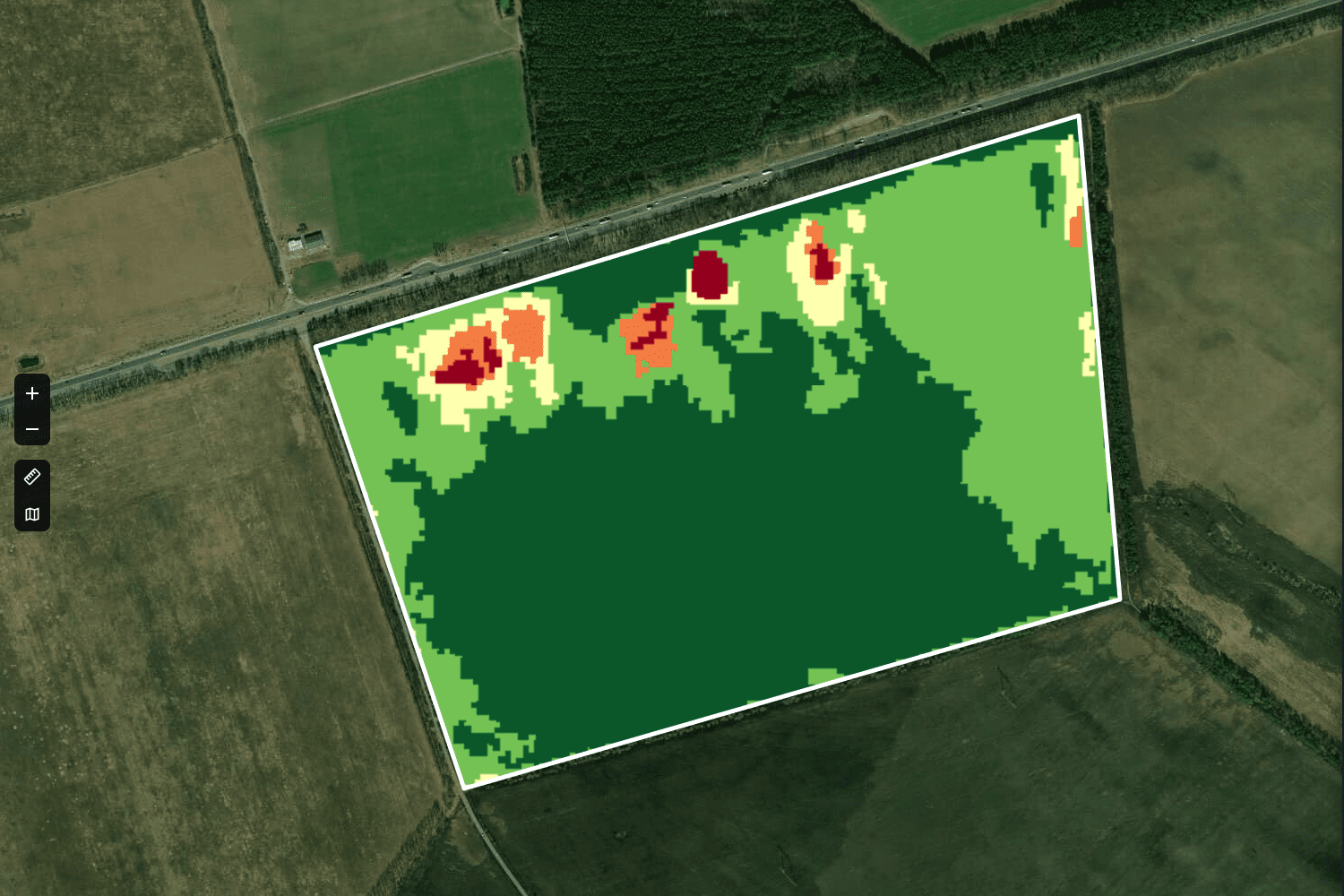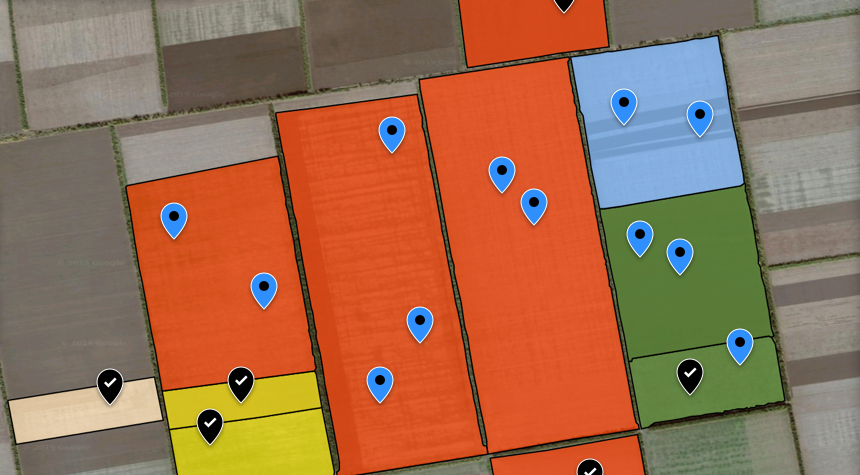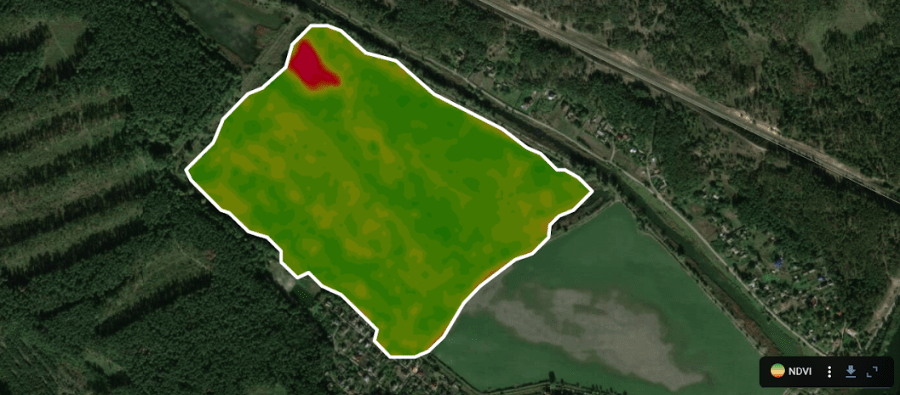Alexander Sakal, Chief Business Development Officer at EOS Crop MonitoringAlexander Sakal discusses how precision agriculture tools can help U.S. farmers adapt amidst labour shortages, financial worries and future uncertainties brought about by the Covid-19 pandemic.
The coronavirus pandemic is continuing to pose a significant threat to American food production, as well as other industries across the country. But unlike other goods producers, farmers are bound by their planting and harvesting schedule, which gives them less flexibility for crisis management.
During these tough times, growers are facing numerous challenges – including supply chain disruptions, workforce shortages and declining demand, just to name a few. Crisis, however, provides a perfect window of opportunity to change and adapt. In this case, precision ag tools may provide a solution to farmers struggling with the impact of Covid-19.
Coping with workforce shortages
April and May are major planting and harvesting months for the U.S. farming industry. In current circumstances, farmers cannot afford any time to waste in finding enough work hands. If they cannot, America might expect pricier food as soon as this summer.
Restricted immigration is the primary issue contributing to workforce shortages. U.S. agriculture is heavily dependent on foreign workers, especially during seasonal vegetables and fruits harvesting. Another problem here lies in social distancing requirements that are especially strict for senior farmers, due to the increased risk that Covid-19 poses to older people.
To some extent, labour shortages can be compensated with the help of remote sensing technologies and satellite monitoring in particular. Using satellite imagery, a farmer can avoid frequent field trips to examine crops. The digital platform can detect problem spots in advance, thus saving on logistics and renting additional equipment.
The same goes for scouting. Satellite monitoring allows for saving on scouting, requiring fewer people to inspect fields. Our platform, for instance, has built-in functionality for scouting management, while a convenient task manager allows farmers to save time and minimise face-to-face contact during the quarantine.

Problem zone spotting using the EOS Crop Monitoring Platform.
Adapting to tightened budgets
This year, crop prices could drop by 10 per cent due to the coronavirus pandemic. As a result, the net income of farmers may decline by $20 billion. With American farmers already facing financial hardships from weather fluctuations, price volatility, policy changes and trade wars, the Covid-19 situation just makes them more vulnerable.
Introducing smart farming tools can help ease some of these worries. Using historical satellite imagery for better planning, for instance, enables a better understanding of what should be grown where and helps inform crop rotation techniques. Plus, health assessments allow farmers to see remotely how the field reacts to water or fertilizer application.
Combined, this information helps with developing and maintaining effective variable rate application, enabling farmers to calculate the amount of fertilizers needed to improve efficiency and save costs.
Satellite imagery may not provide the most accurate data in comparison to drones and field sensors. Nevertheless, space imagery provides all basic information needed for field management, with much lower costs. Plus, American farmers who have already implemented precision agriculture techniques can significantly increase their gross annual benefit – by $11,000 for small farms, $26,000 for medium-sized farms, and $39,000 for large ones.
Getting ready for the risks
The success of crop inputs depends on hundreds of factors, including some that are impossible to predict. Satellite monitoring helps farmers to stay informed about important environmental conditions, equipping them with vital information that enables them to make more precise crop yield estimations and farm management decisions.
For instance, farmers can spot the correlation between weather effects, fertilizer or water application and field performance, to evaluate performance or notice potential issues before serious damage is done.
Weather alerts can also be useful, informing farmers in advance about weather fluctuations and giving them time to prepare.

Task setting using the monitoring data.
Protecting the future
The pandemic has cast a long shadow of uncertainty on agriculture. But this period may be well used for rethinking traditional approaches. It remains unknown for the most part just how long the coronavirus pandemic and subsequent quarantine measures will last. And it is even more difficult to predict the economic consequences the world will face.
But with the difficulties farmers are facing in terms of finances and labour shortages, now is a good time for growers to implement innovative digital technologies like satellite monitoring, which have a low entry price for the convenience they provide amidst social distancing conditions.
Of course, the best thing farmers and traders can do to survive the pandemic is follow government advice. By taking recommended safety measures, keeping calm and using federal financial support if needed, American farmers can continue their essential service of producing food for the nation’s families.
Follow Farming First on Twitter for further news and insights on the agricultural sector’s response to the Covid-19 pandemic.


